Julian Haylock examines a performer whose aristocratic poise and purity of tone combined to perfection in Bach and Mozart, in this article from June 2010
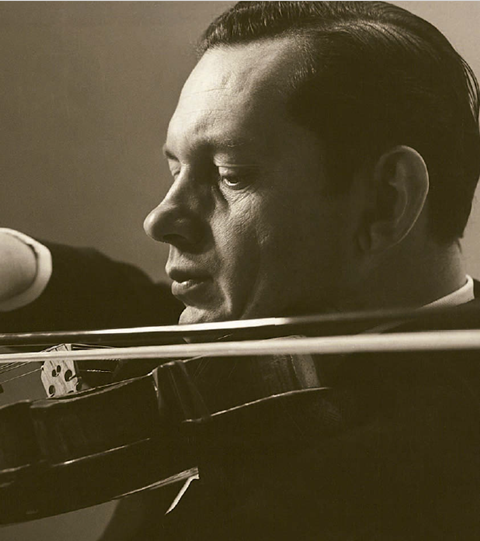
Discover more Featured Stories like this in The Strad Playing Hub.
Few violinists have made the art of violin playing appear as effortless as Arthur Grumiaux. The flowing elegance of his bow strokes and his supreme left-hand precision combined to create the epitome of a classical violinist. His impact on modern concepts of interpretative purity was incalculable.
PEDAGOGICAL BACKGROUND
Grumiaux’s first teacher was his maternal grandfather, who encouraged him with a quarter-size instrument. Within no time he was playing short pieces and demonstrating evidence of perfect pitch, and aged five he made his first public appearance. In 1927 he entered the Charleroi Conservatoire, ahead of the normal minimum age by five years. His natural flair for both violin and piano comfortably survived the less than inspired training he received there, and aged just eleven he won the first prize.
The following year he began his advanced studies at the Royal Conservatoire in Brussels with Alfred Dubois (1898–1949), a former Ysaÿe pupil whose noble demeanour was to have a lasting influence on Grumiaux’s playing. Grumiaux went on to win the Henry Vieuxtemps Prize in 1939 and take lessons in Paris with George Enescu, who revealed to him ‘that indispensable serenity which is an integral part of the works of the great composers’. In June 1939 Grumiaux made his debut with the Brussels Philharmonic Orchestra, performing the Mendelssohn Concerto in E minor with conductor Charles Munch, but his nascent playing career was put on hold by the outbreak of the Second World War. With Belgium occupied by the Germans, he played with Dubois and cellist Robert Maas in the privately formed Artis Quartet, and in 1940 was awarded the Prix de virtuosité by the Belgian government. After the war, and with the generous support of legendary record producer Walter Legge, Grumiaux made his first recordings and rapidly established his international reputation.
TECHNIQUE AND INTERPRETATIVE STYLE
Grumiaux’s playing exhibited an unmistakably French fastidiousness and poise, coupled with an inner vibrancy and warmth that is more typically Belgian. His unalloyed purity of tone, technique and interpretative vision, combined with a profound gift for natural phrasing, resulted in performances that possessed an extraordinary sense of oneness and inevitability. He was a commanding virtuoso, yet he never allowed his exceptional facility to gain the upper hand. He held every aspect of his playing in such perfect balance that nothing ever distracted from the musical expression. It is revealing that the similarly gifted Romanian pianist Dinu Lipatti was especially eager to form a duo with Grumiaux, but plans to perform and record some of the staple classics of the repertoire sadly came to nothing due to Lipatti’s tragically early death in 1950 at the age of 33.
Grumiaux’s unfussy stage presence was completely free of physical affectation. Indeed, few players have made playing the violin look so deceptively easy. He was grace personified; his lifted bow strokes were invariably kept very close to the string, and apart from some flexibility in his index finger when changing bows at the heel (the stick located under the knuckle joint) his full, flowing bow action was achieved with supreme nonchalance. The fingers of his left hand were lined up in perfect proportion over the fingerboard, and his highly effective (if not especially varied) vibrato was sustained even after bow contact had finished. He was a master of cantabile, with portamentos kept to a bare minimum. It comes as little surprise to learn that the violinist he admired above all others was the supreme aristocrat, Nathan Milstein.
SOUND
Beauty of sound was paramount for Grumiaux, and his unique timbre was thankfully accorded engineering of captivating fidelity by his regular label, Philips. Unblemished and remarkably even throughout the range, Grumiaux’s tone possessed an outward radiance that was focused by a lustrous inner core. In his hands, firm opulence and ethereal purity combined to tantalising effect.
STRENGTHS
Grumiaux’s ability to get to the heart of every score he played with the minimum of physical and interpretative distraction was especially alluring in the Baroque and Classical repertoires. For many, his Bach and Mozart remain pinnacles of musical perfection unsurpassed by any other player.
Few players have made playing the violin look so deceptively easy
WEAKNESSES
Grumiaux could appear emotionally ungiving in music of heightened expressive ripeness, such as Bruch’s Scottish Fantasy and Chausson’s Poème. His Brahms and Tchaikovsky concertos were altogether more successful, even if the former is rather low on Germanic cut and thrust, and the latter lacks Slavic intensity.
INSTRUMENTS AND BOWS
Grumiaux owned two Stradivari violins – the ‘General Dupont’ of 1727, now played by Jennifer Koh, and the ‘Titian’ of 1715, which Taiwanese–American violinist Cho-Liang Lin acquired in 2002. Yet his favourite instrument, and the one he regularly performed on up until the time of his death, was the ‘Rosé’ Guarneri ‘del Gesú’ of 1744, purchased by Italian violinist Uto Ughi in 2003. Grumiaux also owned three Guadagninis, including the 1773 ‘Campoli’, currently played by Joseph Silverstein, and an 1866 Vuillaume. He owned a wide collection of bows, although his firm favourite was a Dominique Peccatte.
REPERTOIRE AND RECORDINGS
Grumiaux’s pure, unforced tone and elegant technique proved the perfect performing medium for the works of Bach, Mozart, Beethoven, Schubert, Debussy, Ravel, Berg and Stravinsky. He was an extremely adaptable player who sounded equally at home in concertos,duo sonatas and chamber music, although it was the latter that he claimed to love most of all, as is borne out by classic recordings of the Beethoven string trios and Mozart string quintets. He formed a superlative duo with Clara Haskil, with whom he shared what he described as ‘a complete unity of views and feeling’.
Although he played relatively little 20th-century music, Grumiaux was an early champion of the Walton Concerto. He also gave the first modern performance of the reconstructed Fourth Concerto of Paganini in 1954, after the manuscript of the work had been rediscovered. Grumiaux’s discography features more than 150 different concertante works and some 20 or so chamber music recordings, all of which sustain the highest standards of musicianship, although sadly many remain unavailable. Grumiaux’s considerable pianistic talent can be savoured on a unique recording he made in 1957 of Brahms’s A major Sonata and Mozart’s Sonata in E flat major K481, on which he plays both parts.
Recommended recordings
Bach Sonatas and Partitas PHILIPS 438 7362 (2 DISCS)
Bach Violin Sonatas nos.1–6 PHILIPS 454 0112 (2 DISCS)
Beethoven complete violin sonatas BRILLIANT CLASSICS 93329 (3 DISCS)
Mendelssohn Violin Concerto in E minor EMI CLASSIC ARCHIVE 490 4469 (DVD)
Mozart Violin Concertos nos.1–5 PHILIPS 438 3232 (2 DISCS)
Tchaikovsky Violin Concerto PENTATONE PTC 5186117
CHRONOLOGY
1921 Born in Villers-Perwin, Belgium
1925 Has first violin lessons
1932 Wins first prize at the Charleroi Conservatoire 1939 Wins the Henry Vieuxtemps Prize; studies with George Enescu in Paris
1945 Makes British debut
1949 Appointed professor of violin at the Royal Conservatoire, Brussels
1951 Makes US debut in Boston
1973 Made a baron by Belgium’s King Baudouin
1986 Dies in Brussels of a stroke, aged 65
Read: Great violinists: Yehudi Menuhin
Read: Great string players of the past: violinist Fritz Kreisler
Read more Featured Stories like this in The Strad Playing Hub.
The number one source for playing and teaching books, guides, CDs, calendars and back issues of the magazine.
In The Best of Technique you’ll discover the top playing tips of the world’s leading string players and teachers. It’s packed full of exercises for students, plus examples from the standard repertoire to show you how to integrate the technique into your playing.
The Strad’s Masterclass series brings together the finest string players with some of the greatest string works ever written. Always one of our most popular sections, Masterclass has been an invaluable aid to aspiring soloists, chamber musicians and string teachers since the 1990s.
American collector David L. Fulton amassed one of the 20th century’s finest collections of stringed instruments. This year’s calendar pays tribute to some of these priceless treasures, including Yehudi Menuhin’s celebrated ‘Lord Wilton’ Guarneri, the Carlo Bergonzi once played by Fritz Kreisler, and four instruments by Antonio Stradivari.




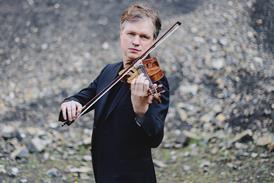
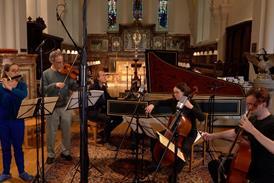



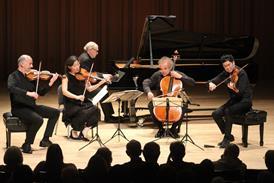
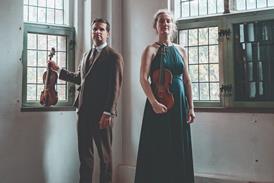

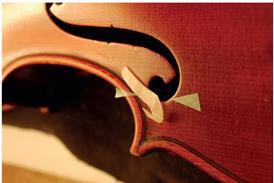

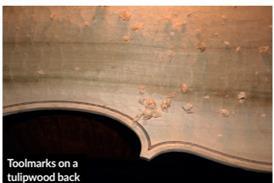
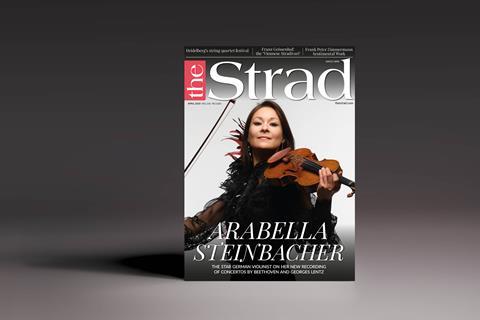




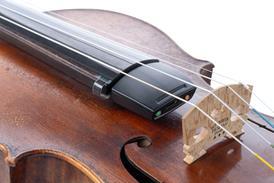
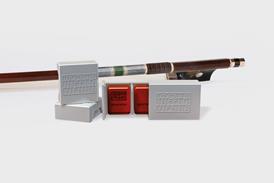
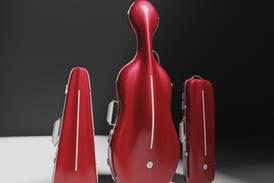















No comments yet